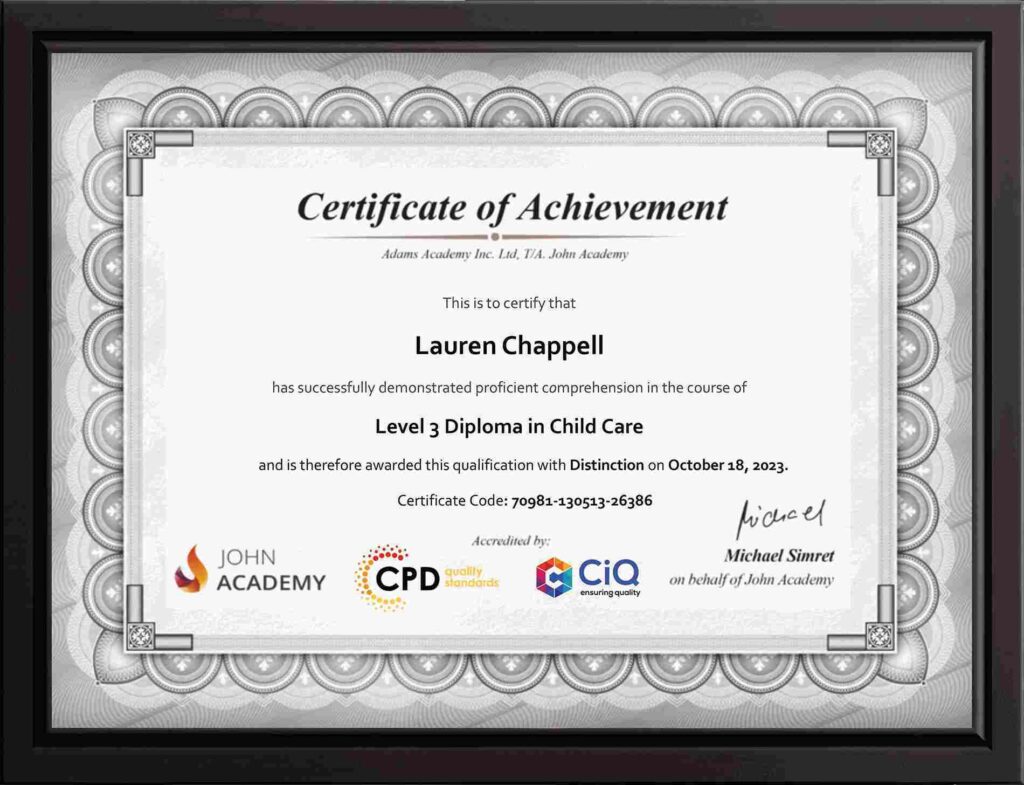
Nowadays, video editing is a powerful tool for conveying messages and emotions. Experts in various fields create video content to draw more attention to their brands and express their views more clearly. And there’s no wonder that video editing has gained so much popularity. According to the statistics, our brain processes visual data 60,000 times faster than text.
Here comes the question of how to master the art of video editing and stand out with your compelling content. The competition is high, and the variety of video editing programs is impressive, so how to learn the fundamentals and not look ordinary? In this article, you will find out the top tools and techniques for professional video editing.
What is Video Editing?
Video editing is the process of manipulating and rearranging video footage, audio, and other elements to create a coherent and visually appealing final product. It involves selecting and organizing video clips, adjusting their length and order, and adding transitions, effects, titles, and audio enhancements. Video editing transforms raw footage into a polished and engaging visual story, whether it’s a short film, a documentary, a music video, a promotional video, or content for social media platforms. Here is a comprehensive course on YouTube making that will help you fine-tune your skills.
People edit videos for various purposes, like making an emotional impact, attracting the audience visually, telling the story, entertaining, educating, promoting products or services, etc. The role of video editing is not technical clip rearrangement. It enables creators to communicate, connect, and captivate audiences in ways that words alone cannot achieve.
Choosing the Best Tool for Video Editing
There are so many tools for video editing that we’ll give you tips on selecting the best program. Popular tools for creating videos include, Movavi, Adobe Premiere Pro, Clpchamp, iMovie, DaVinci Resolve, Sony Vegas Pro, Avid Media Composer, and their list is endless. Each program has its pros and cons, but you should pay attention to the essential features that ensure a smooth video editing process:
The program should have an intuitive and easy-to-use interface so that you can quickly access tools and perform edits.
The software should provide a range of editing capabilities such as cutting, trimming, splitting, merging, multi-track editing, layering, etc.
The tool should offer a variety of effects, transitions, and filters to enhance your videos visually.
You should be able to perform basic audio enhancements, like adjusting audio levels, adding music, and applying sound effects.
It’d be great if the software provided color correction and grading tools to fine-tune the visual appearance of your videos.
The program you choose should run smoothly on your device and not cause lag or crashes during editing.
The video editor should have a variety of export options to save your videos in formats suitable for different platforms and devices.
Make sure the software is compatible with your operating system and hardware.
The tool you choose should offer good customer support, tutorials, and a vibrant community ready to assist with any issue.
The software you choose can be free or paid, but it’s always a good idea to use a trial period and device if you are ready to pay for advanced features.
You can choose an offline or online video editor for your desktop or smartphone based on your needs and workload. Try different options and make the right choice.
Popular Video Editing Techniques
You can make your video visually appealing and impactful easily using an auto video maker. But to achieve more impressive results and stand out from competitors, it’d be useful to learn popular video editing techniques. Let’s explore three main types of techniques in detail.
Basic
The basic techniques form the foundation of video editing. The first thing to master is cutting and trimming, which are used to eliminate mistakes and pauses and produce a smoother narrative. You know that the timeline is a place where you assemble your video project. And it’s important to know how to add video clips, audio tracks, and other elements to the timeline and arrange them in the correct order. Transitions are crucial for ensuring smooth visual continuity between different clips. Basic types of transitions include Cut, Fade In/ Fade Out, Crossfade, Dissolve, Wipe, etc.
Advanced
Advanced video editing techniques can elevate your video projects to a professional level and captivate the audience. Color correction and grading involve adjusting the colors, tones, and overall look of your video to enhance its visual aesthetics. This technique allows editors to fix color issues and bring out details that might have been lost. Effects and filters provide many creative possibilities to enhance your video’s visual impact. Effects create dynamic transitions, add texture, and emphasize key moments, while filters alter the color temperature, contrast, etc. Audio editing techniques include adding music, sound effects, audio transitions, balancing audio levels, and audio enhancement.
Narrative
A good video should tell the story, and it’s essential to enhance the storytelling aspect of your video, build tension, and convey emotions. Pacing and timing can help maintain the rhythm and flow of your video. Montage is used to show the passage of time, the development of a relationship, or the completion of a task. Parallel editing involves intercutting between two or more related scenes happening simultaneously to showcase connections between different storylines. Jump cuts are abrupt transitions between two shots that help create a sense of disorientation or emphasize a character’s emotional state. Match cuts establish visual continuity between two shots and create seamless transitions between scenes.
Tips on How to Edit the Video Effectively
In order to learn to edit videos professionally, you need time and practice. Here are some tips that will help you create engaging content:
You should organize your video clips, audio files, graphics, and other assets into well-labeled folders before you start editing.
It’s useful to plan your video’s structure and narrative before you begin editing to ensure a cohesive story.
Then structure your clips to achieve a smooth flow and tell a story.
It’s crucial to maintain visual continuity with cuts and transitions and use them wisely.
When incorporating music or sound effects, consider syncing visual cuts with musical cues.
Then you can apply color correction and grading to create the desired mood.
Polish the final product and save the output in the desired format.
Conclusion
So now you see that knowing video editing techniques and choosing the right tool will help you generate exceptional content and attract an audience. We wish you good luck and hope these tips will enable novice and experienced editors to fine-tune their content and achieve incredible results.

